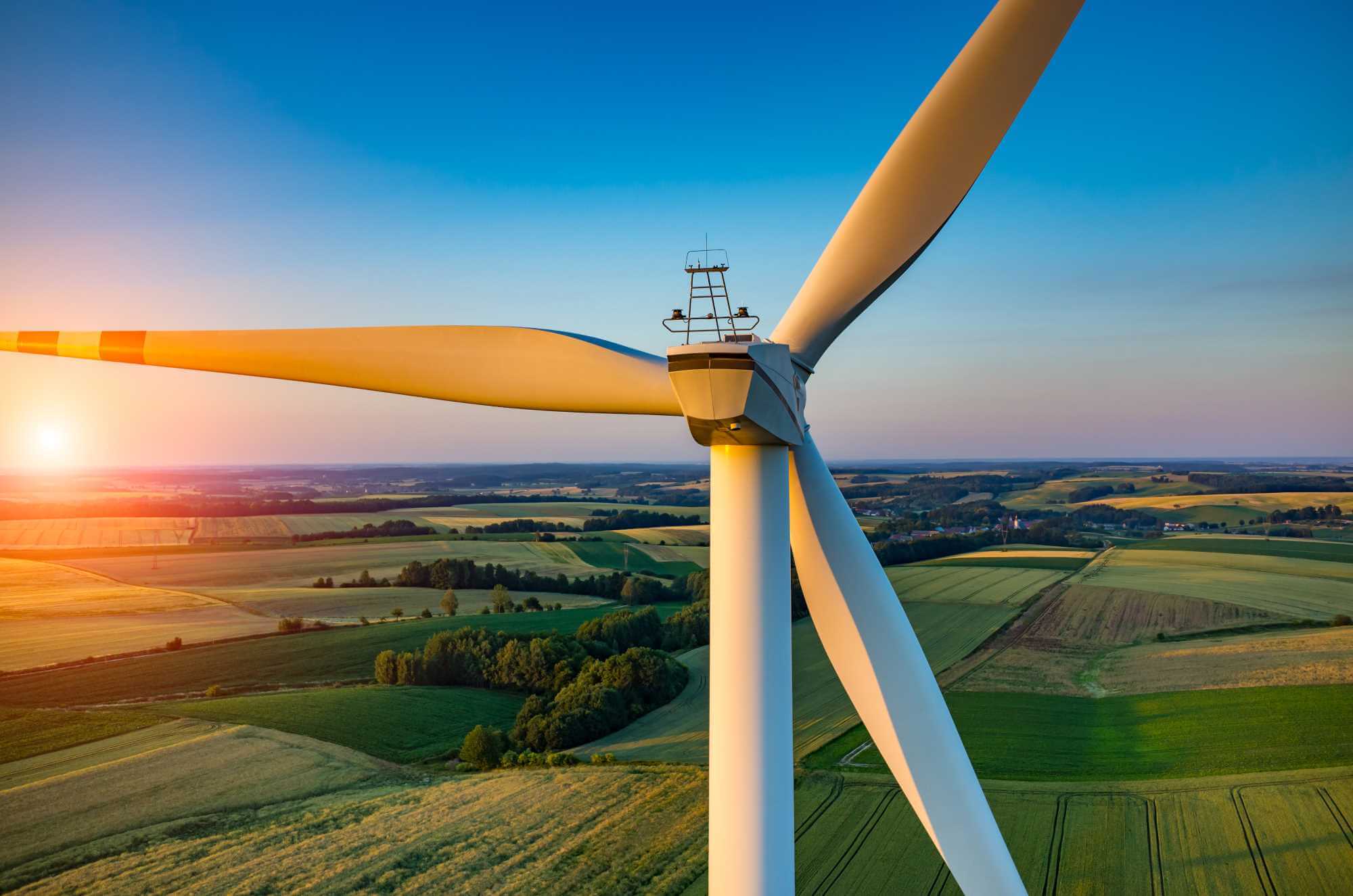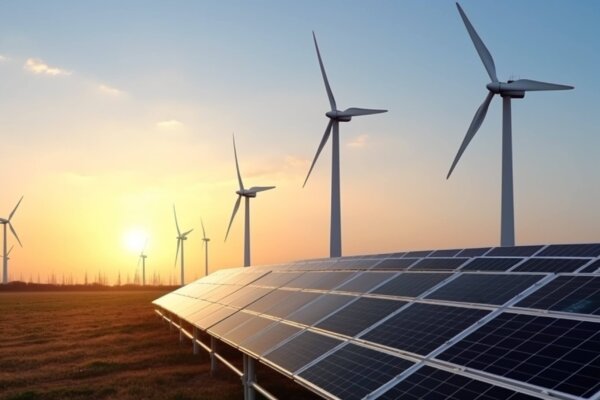Premier League’s first environmental sustainability strategy
The Premier League has published their first strategy for environmental sustainability8, which includes their net zero target for 2040 and plans to educate their Academy players with climate knowledge.
This strategy builds on their previous environmental commitment from 2024, which established standards for environmental action, and their signatory to the UN Sports for Climate Action Framework in 2021.
The new strategy discloses the League’s carbon emissions footprint and takes their environmental commitment further, pledging them to address three priority areas for change: adapting the business to reach net zero, future-proofing through decarbonisation, and expanding their influence in sustainability to football fans, by engaging them through a range of platforms and programmes. Here at Bryt Energy, we’re pleased to see how sustainability is being the adopted across many different sectors, as well as the prioritisation of climate change awareness in the Premier League.
UK surpasses milestone of 75,000 public electric vehicle (EV) charge points
As of the end of February 2025, the UK saw a 32% yearly increase in the installation of public electric vehicle (EV) charge points, according to recent data9. The UK has surpassed 75,675 charge points, representing a significant milestone in the UK Government’s target of installing 300,000 public charge points by 203010.
Encouragingly, in the same month, 25% of all cars sold were EVs, and in 2024, the UK was Europe’s largest EV market, with 382,000 EVs sold. As a Birmingham-based business, we are also pleased to report that last month, the Government announced a £40.8 million contribution to EV charging infrastructure in the Midlands – with over 16,000 public charge points planned11. This will help the decarbonisation of transport in this area and hopefully encourage further adoption of EVs.
Greenhouse gas emissions fell by 3.6% in the UK in 2024
In 2024, UK greenhouse gas (GHG) emissions fell by 3.6% compared to the previous year, according to recent analysis by Carbon Brief12. Annual emissions fell to the lowest level since 1872, totalling 371 million tonnes of carbon dioxide equivalent (MtCO2e). Coal demand also decreased by 54% to 2 million tonnes, the lowest seen since 1666. The decreasing emissions was largely due to the closure of the UK’s last coal power plant and the drop in coal use by heavy industry, as well as the uptake of electric cars, which subsequently decreased oil use.
Although this is encouraging progress, there’s still work to do; the UK needs to progressively cut its emissions further each year in order to reach its 2035 Nationally Determined Contribution (NDC) target, which was submitted last month as part of the Paris Agreement, as well as to meet its 2050 net zero target. We look forward to seeing the continuing decrease in UK emissions, as we move towards a net zero future.
25 millionth smart meter installed in Great Britain
Great Britain has surpassed the milestone of 25 million smart meter installations in February, marking 25.15 million installations since the rollout began being tracked in 201213. In February 2025 alone, 194,000 smart meters were installed in Great Britain.
It’s encouraging to see the increasing uptake of smart meters, as not only can they reduce the need for manual meter reads and help make bills more accurate; they also play an essential role in achieving net zero. As we move towards a system powered by renewables, smart meters help the grid to efficiently manage electricity generation, distribution and consumption, playing an important part in creating a ‘smart grid’.
To find out more about smart meters, you can read our myth-busting Q&A.
UK Government plans to create new national forest with 20 million trees
A new national forest is being planned by the UK Government, and will span from the Cotswolds to the Mendips14. The Western Forest will cover 2,500 hectares and consist of 20 million trees, to be planted by 2050. Charitable trust, the Forest of Avon, will lead the project, and the Government will provide £7.5 million in funding over 5 years.
This plan is part of the Government’s wider manifesto commitment to create three new national forests. This new forest will create jobs and boost the economy, whilst supporting habitats for wildlife and further connecting communities to nature. The forest will also have the added benefit of capturing and storing carbon dioxide in the trees. 73% of the forest will be dedicated to agriculture, thereby encouraging and supporting farmers with agroforestry and farm woodlands. The forest will also assist the UK in meeting its legally binding targets to increase woodland cover, alongside wider global targets to protect 30% of land for nature by 2030.







